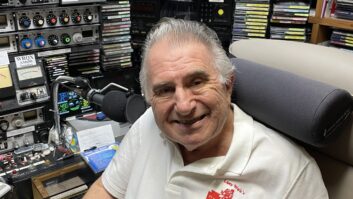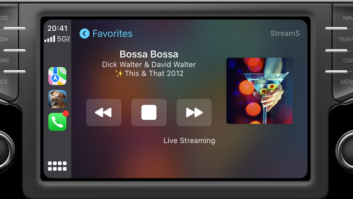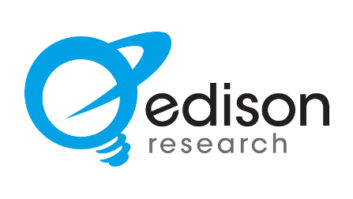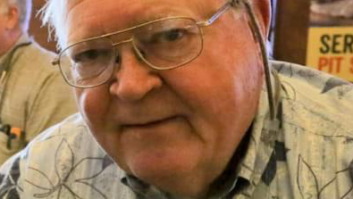Norman Abrahamson changed your world, or soon will.
Never heard of him? He was the guy given the job in 1970 of setting up a data link among the Hawaiian Islands by radio, something he called AlohaNet. He set up this link to send packets of data. If there was a collision or packets got lost or dropped, they would be resent automatically.
Problem was that the system was only about 17 percent efficient. A student from Harvard named Bob Metcalf was helping. He had been reading about new math theories that would increase the efficiency of such a system. He went off to the Xerox Research Labs, where he worked, and eventually got packet efficiency close to 90 percent.
The first packet Metcalf sent down a wire was on May 23, 1973. Because it was based on that Hawaiian system where data was sent wirelessly through the “ether,” he called it, you guessed it, Ethernet.
In case you haven’t noticed, a lot of manufacturers of audio gear are taking a good hard look at network protocols like Ethernet. Some are doing more than that, using Ethernet to run audio. Wandering around trade shows like NAB and AES, and collecting data from Web sites, I compiled Table 1, some of the audio firms now involved with Ethernet.
I’m sure there are other audio companies running Ethernet. I would love to know about them. The granddaddy of Ethernet audio is Peak Audio, owned by Cirrus Logic, which runs CobraNet. This popular system shows up a lot in power amps. In an auditorium, stadium or traveling large speaker system, CobraNet allows one network, one Cat-5 cable, to send multichannel audio to multiple amps. Each can be configured any way you want it: volume, EQ, delay and so on. Each amplifier is really a NIC card on the network.
The number of channels in a network-based system is determined by several factors. First is the data bandwidth of the cable and components. For most of these systems the designers chose 100baseT. The second choice would be the sampling rate (quality) of the audio. The higher the rate, and higher quality of audio, the fewer channels you can carry.
The common maximum is 32 channels, although some offer 64 or even 128 at lower sampling rates.You would think this would be enough channels; but a few manufacturers offer gear that works at Gigabit Ethernet (1000baseT) and supports 320 audio channels, such as Gibson, the guitar people. Telos/Axia can support multiple networks, up to “32,000 channels” of audio. Don’t ask me where you would use that many channels; maybe when you have a hundred radio stations using one networked facility.
One problem with Ethernet – a minor issue for data, but notable in audio applications – is latency. Because this is packet-based delivery, the bits have to be put back together.
That re-assembly often is far from instantaneous. If packets are lost or damaged and are re-sent, that can dramatically increase latency. For public address, latency can be added into the desired speaker reproduction delay. The stadium announcer can’t monitor himself off the speakers; but then, delay in a stadium or auditorium is already so long, this is rarely possible.
The users who have a real problem with latency are broadcasters. They want announcers and personalities to monitor themselves off the air so they know what they sound like. A delay of more than a millisecond in the headphones makes listening to yourself difficult. But monitoring off the console means the talent won’t hear the way they sound on-air, with all the audio processing.
One solution is offered by Axia, a subsidiary of Telos Systems. It uses multiple networks, with one configured for low latency audio only. All the other data, control signals etc., have little problem with latency. After all, we don’t care if we have to “wait” a few milliseconds after pushing a Start button for the command to be carried out.
We’d like to hear from users and suppliers of Ethernet systems about how they’ve incorporated the technology into their broadcast products and systems. E-mail to [email protected] so we can share the information with readers.












